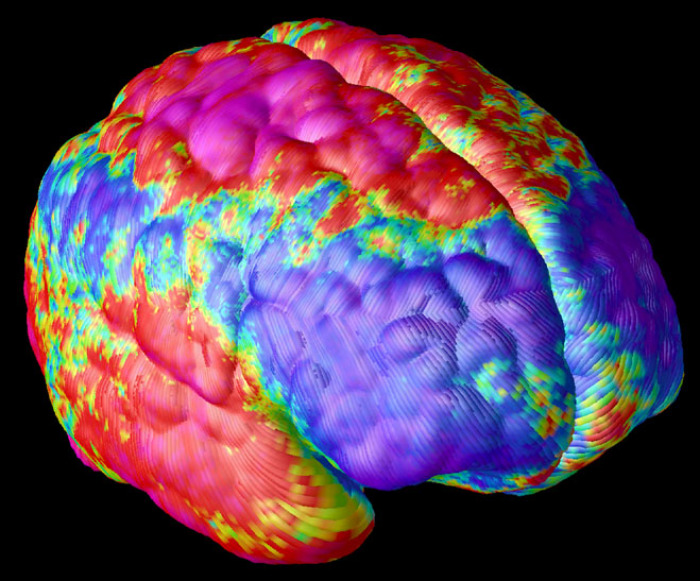Are religious fundamentalists brain-damaged?

In 1902, Rudyard Kipling published a collection of children’s stories that became known as the “Just So Stories.” These were fanciful “explanations” for how various animals acquired their best-known characteristics, like the camel’s hump, the leopard’s spots, and the elephant’s trunk.
They were called “just so stories” because his daughter Josephine demanded that they be told in the same way each time, in other words, “just so.”
In 1976, the paleontologist Stephen Jay Gould, writing about the emerging field of evolutionary psychology, used that phrase, “just so story,” to express his skepticism about the entire field of study. Since then, the label “just so story” has come to mean “an unverifiable narrative explanation for a cultural practice, a biological trait, or behavior of humans or other animals.”
The most recent “just so story” I’ve seen announced a link between brain damage and religious fundamentalism. Yes, you heard that right: brain damage.
The study, entitled “Biological and cognitive underpinnings of religious fundamentalism,” was published in the journal Neuropsychologia. In it, researchers went over the data from 119 Vietnam War veterans who were “specifically chosen because a large number of them had damage to brain areas suspected of playing a critical role in functions related to religious fundamentalism.”
Is your Spidey-sense going off here? It should be… The researchers weren’t studying the brains of 119 random people looking to see what, if anything, they might find. No, they assumed that a particular kind of brain damage played a role in whether someone became a religious fundamentalist, and then went looking for evidence that confirmed those suspicions.
Can you spell “confirmation bias,” boys and girls?
Comparing the brain-injured vets’ CT scans to those of non-injured vets, researchers found that an injury to a specific region of the prefrontal cortex “was associated with religious fundamentalism.”
If your Spidey-sense is now giving you a headache, good. So many unanswered questions here… for example, “What do they mean by ‘religious fundamentalism?’” In this case, “an ideology that emphasizes traditional religious texts and rituals and discourages progressive thinking about religion and social issues.” So, like, every Abrahamic religion?
It gets “better.” “Fundamentalists” tend to “oppose anything that questions or challenges their beliefs or way of life,” and “are often aggressive towards anyone who does not share their specific set of supernatural beliefs.”
The researchers theorize that damage to the particular region of the prefrontal cortex causes “a reduction in cognitive flexibility and openness.” This leads to “an increase in religious fundamentalism.”
So many problems here, so little time, so I’ll settle for two obvious problems. First, we have no idea whether these brain-injured vets were actually “fundamentalists,” or if they simply answered the questionnaires in a way that led a researcher to label them that way. The lack of “cognitive flexibility and openness” in what the researchers deemed “religious matters” might also be true of the rest of their lives. Why single out religion? Not to mention, the researchers seemed to lack a good bit of “cognitive flexibility and openness” to any understanding of religion that’s different than theirs. Are they brain damaged fundamentalists too?
And, second, don’t lots of non-religious people aggressively “oppose anything that questions or challenges their beliefs or way of life?” Some are even running for president right now. Is there something wrong with their prefrontal cortex?
In the just-so story “How the Elephant Got Its Trunk,” a curious elephant wanders too close to a river and a crocodile grabs it by its-then stubby nose, stretching it until the calf gets away. The new elongated nose proves so useful that no elephant would even dream of going back to their old stubby one.
The only difference between that story and the one published in Neuropsychologia is that Kipling actually knew he was writing a “just so story.”
Resources
A link between brain damage and religious fundamentalism has now been established by scientists, Bobby Azarian | salon.com | January 8, 2019
Originally posted at Breakpoint.




























